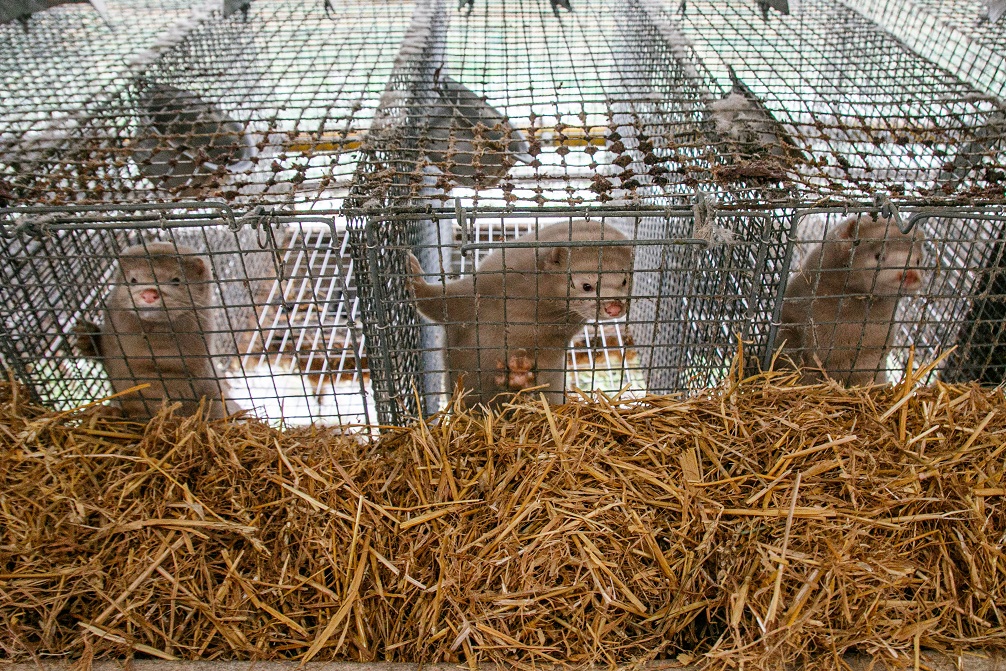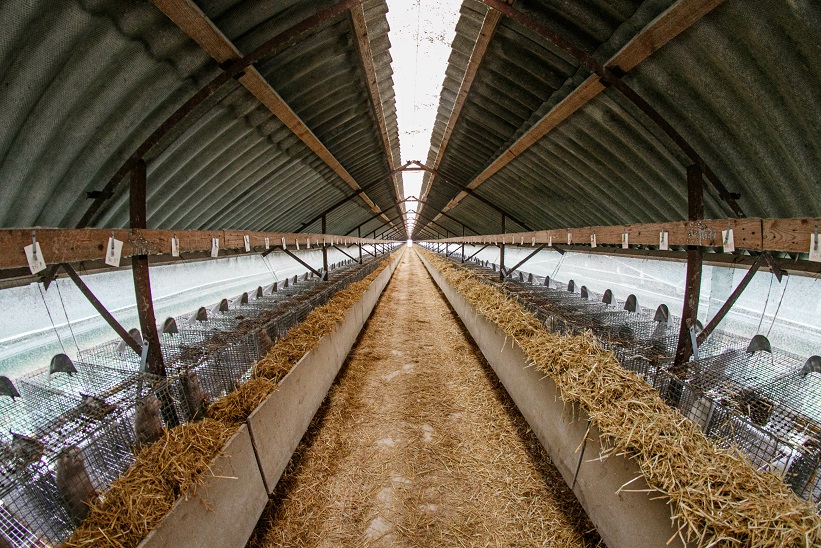Fur Farms
The airways of Minks are similar to those of humans and they are highly susceptible to influenza viruses. H5N1 infections of minks are very lethal, unlike the asymptomatic H5N1 infections of pigs. As predatory carnivores, they are fed animal byproducts unfit for human consumption. This may include cheese and fish, but also raw poultry and meat. Any bird reckless enough to get close to the cages, maybe to steal food, can quickly become part of the mink diet.
European minks are closely related to ferrets, which essentially are domesticated polecats. Less related to both are American minks, which were imported to Europe for fur farming. They are an invasive species and seem to reduce the female polecat population.
Various fox species are kept on fur farms, sometimes on the same farms as the minks.
Already during the Covid-19 pandemic minks made headlines because the minks infected people with a dangerous variant and the entire mink population of Denmark was culled. Mink farming was prohibited in Denmark until 2023. It became legal again on the first of January 2023. At this time there were already reports about an H5N1 outbreak on a Spanish fur farm. Now there are H5N1 outbreaks on more than 20 fur farms in Finland. PCR tests for H5N1 or antibody tests for H5N1 antibodies have been positive on more than 70 fur farms.
Mammal-to-Mammal Transmission?
It seems to be obvious that mammal-to-mammal transmission has occurred on the fur farms. But it is worth to keep in mind that the cause of infection of more than 10.000 sea lions and seals is still disputed and individual bird-to-mammal fecal-to-oral route infections due to widespread fecal contamination may still account for the majority of the infections or even all of them, although unlikely.
With the infections progressing from cage to cage, there is hardly any other explanation than mammal-to-mammal transmission. Nonetheless a recent study concluded that two virus samples from the mink farm in Spain were not transmissible through respiratory droplets.
Spain, Galicia: The First Fur Farm Outbreak
The first H5N1 outbreak on a fur farm happened in October 2022 in Spain. This large farm housed 52.000 minks. A very high lethality was observed and the infections spread from cage to cage, strongly suggesting mammal-to-mammal transmission.
Finland: 70+ Fur Farms Outbreaks?
In the summer of 2023 outbreaks of H5N1 were detected in several fur farms in Finland. This study covers outbreaks on 20 different fur farms with 148.000 foxes or racoon dogs and 38.000 minks in Finland based direct evidence of the presence of the virus due to PCR testing. But at least 50 more farms have been declared affected. Just like in Spain the virus seems to be transmitted from one cage to the next. The genetic data implicates that the outbreaks have been caused by birds. The emergence of H5N1 at roughly the same time in over 20 farms indicates that with the H5N1 variant circulating in birds at this time, the risk of additional outbreaks on fur farms is extremely high. The testing of all fur farms in Finland for antibodies raises questions about the validity of seroevidence, similar to the debate about possible human infections and the CFR.


